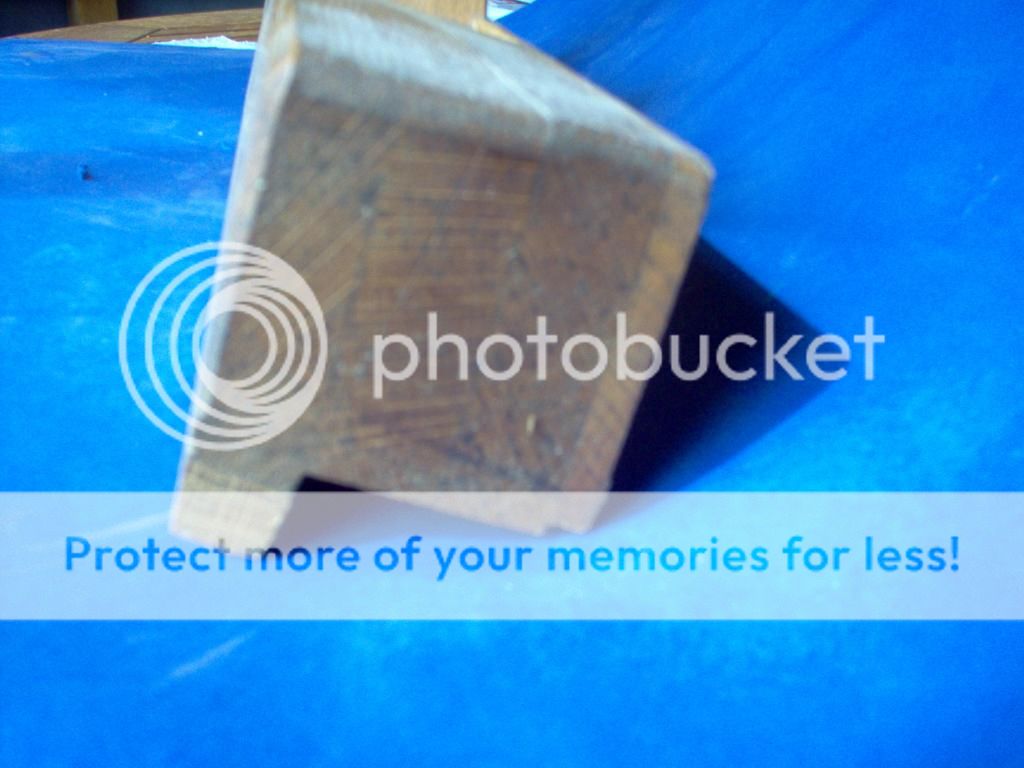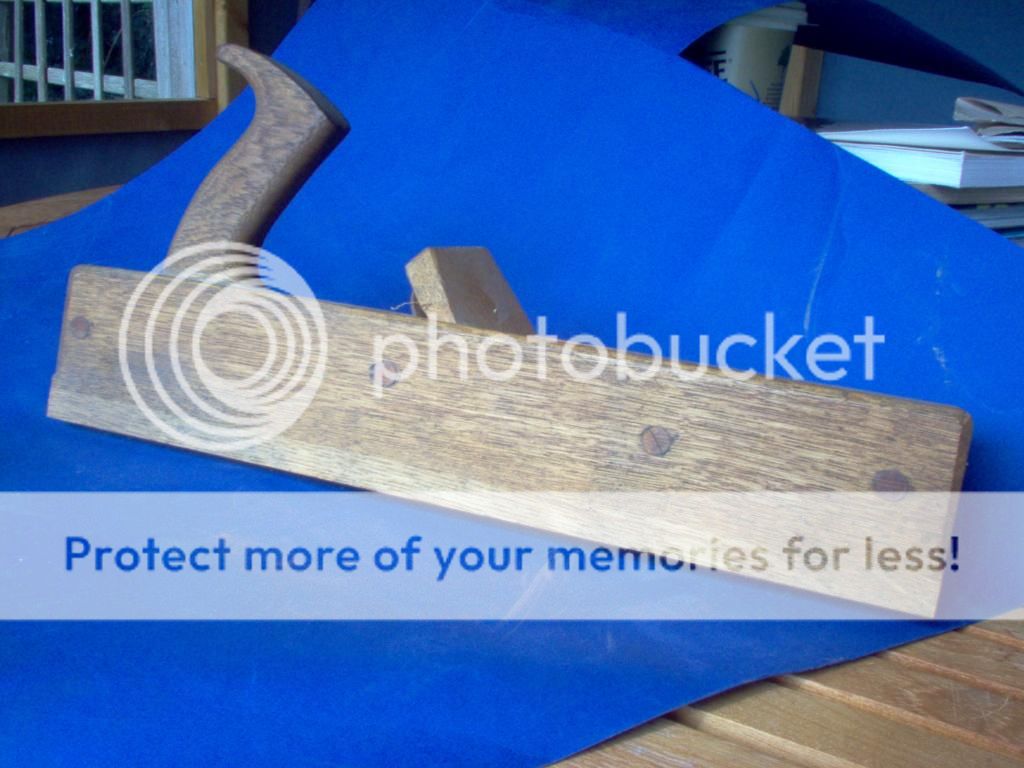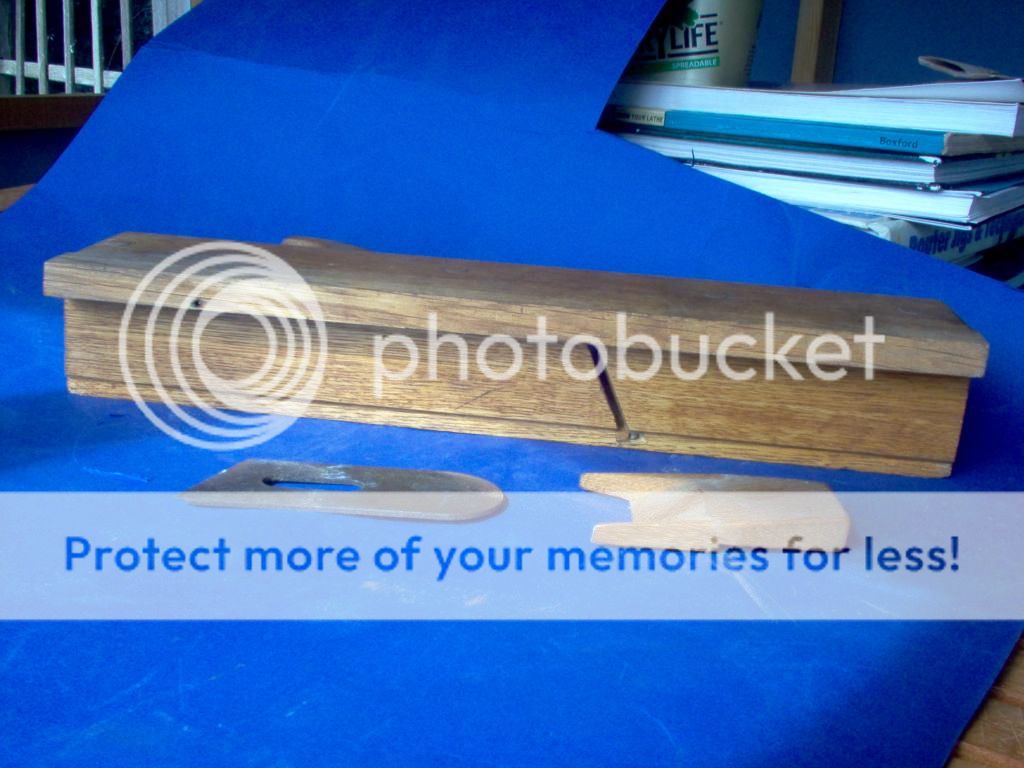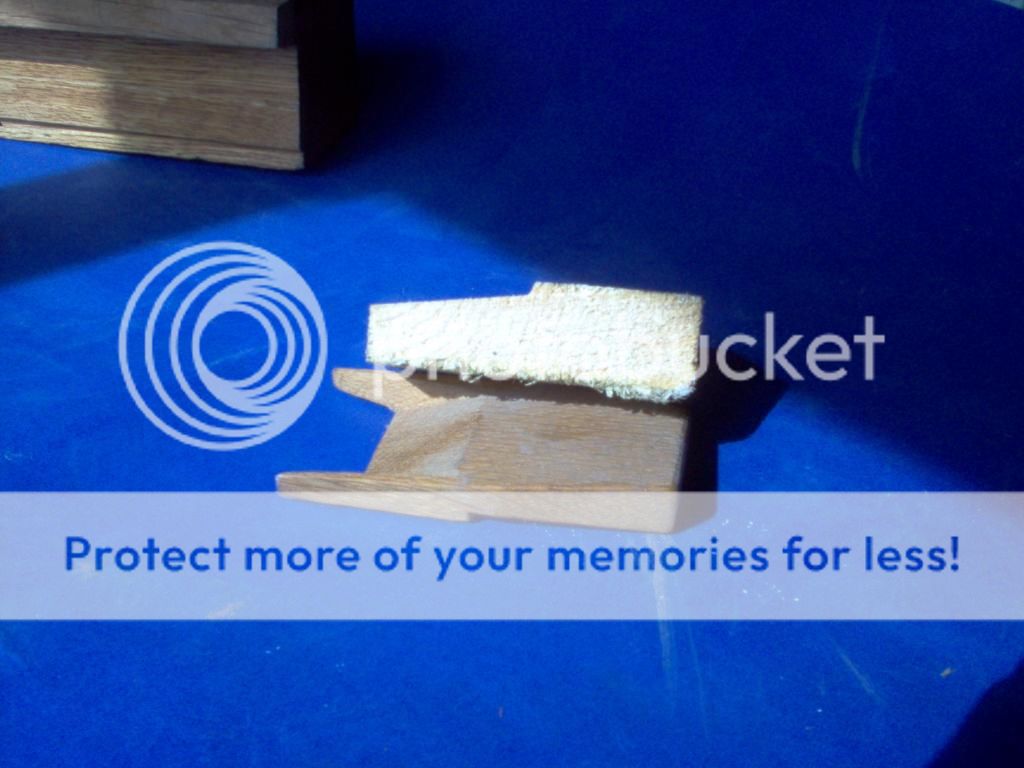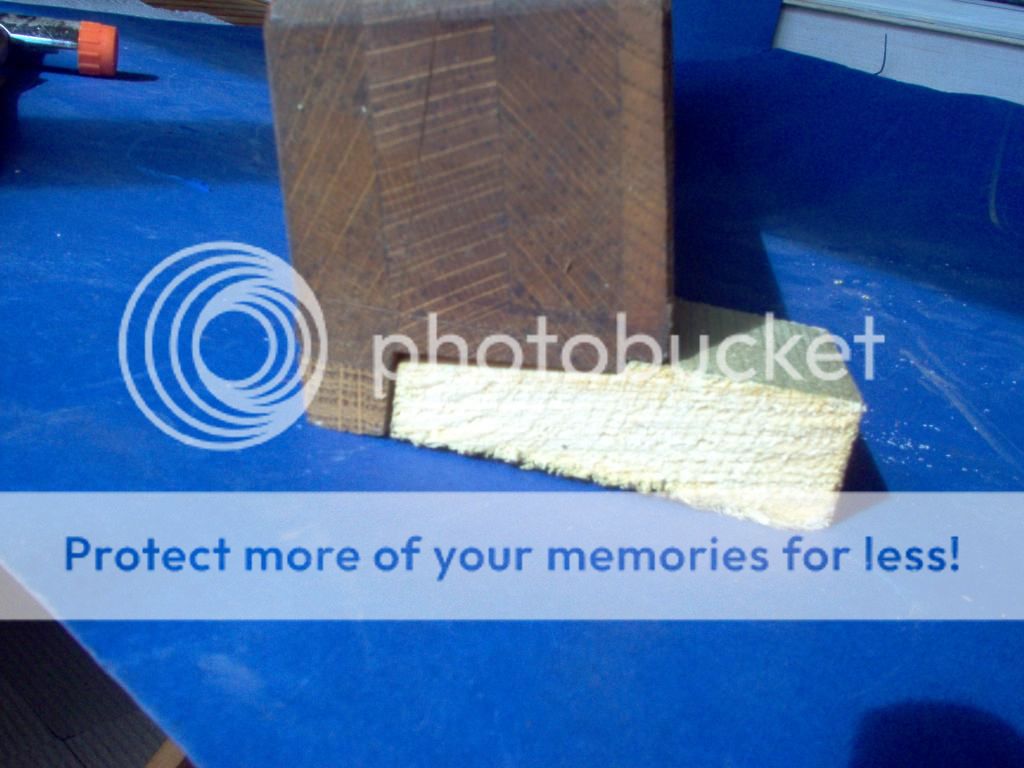I need to order some timber for a blanket chest (well actually a toy box). Since British hardwoods have a deal on some planed up 44mm x 44mm stock, I will use this for the 4 corners. I have a nice board of 1" sawn brown oak that I will use for panels- each panel will be approx 10" wide and 18" tall. My plan is bandsaw rip some more 44mm in half so it will be finish at about 18mm.
What are typical thicknesses for rails and panels in such a construction? Do I have enough thickness to work with? The panels can finish proud of the rails. I would prefer to have them raised and fielded if thickness allows.
What are typical thicknesses for rails and panels in such a construction? Do I have enough thickness to work with? The panels can finish proud of the rails. I would prefer to have them raised and fielded if thickness allows.

































